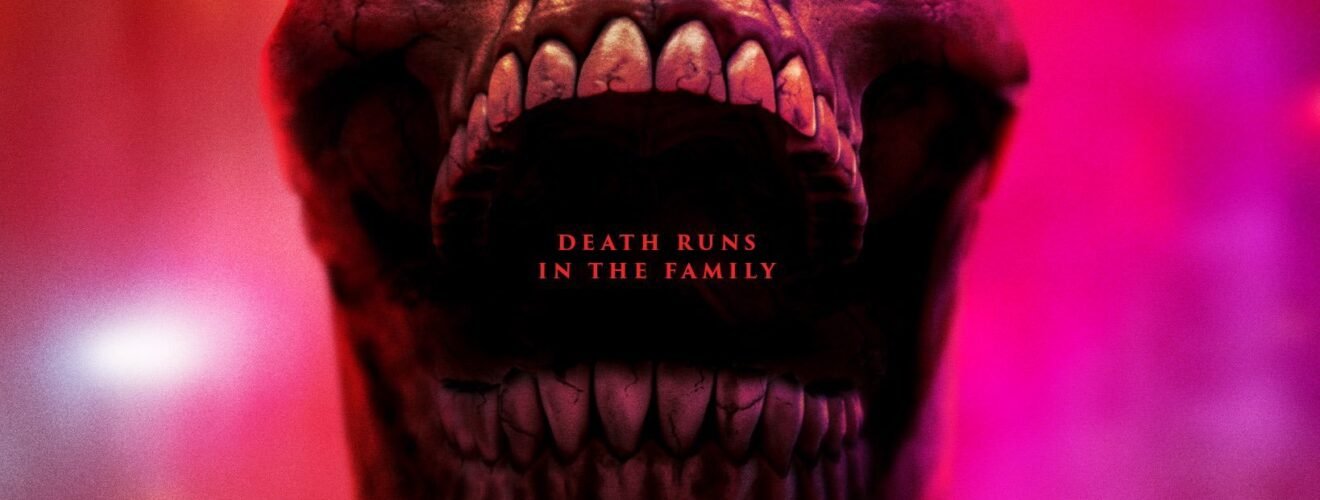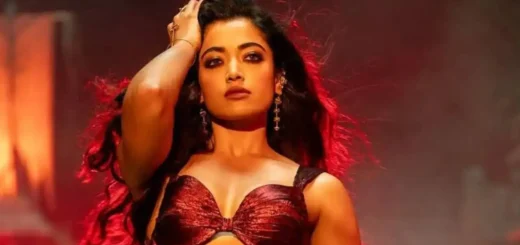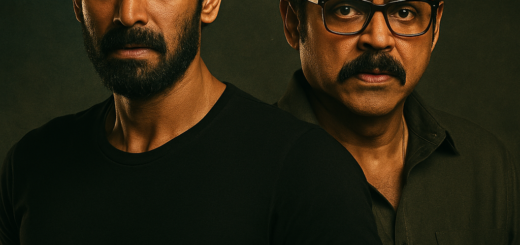Final Destination: Bloodlines (2025) – Everything to Know

After a 14-year absence, the Final Destination franchise rises from the ashes in “Final Destination: Bloodlines”, the sixth entry in the iconic horror-thriller series. Directors Zach Lipovsky and Adam B. Stein take the reins in this spine-chilling reboot, crafting a film that leans heavily into the franchise’s legacy while introducing a new mythology rooted in bloodline and fate. They abandon the typical standalone approach and instead dig into the past, unearthing a terrifying family history that ties generations to Death’s grim design.
Released on May 16, 2025, Bloodlines strikes a nerve among fans of the franchise and new audiences alike, delivering meticulously orchestrated death sequences, unpredictable suspense, and a story soaked in psychological tension and family trauma.
Plot Summary: A Nightmare in the Blood
The story follows Stefani Reyes, a college student who begins experiencing violent, recurring visions of a 1969 building collapse—an event that tragically occurred decades ago. Stefani, played by rising star Kaitlyn Santa Juana, unravels a terrifying truth: her grandmother Iris, portrayed with haunting authenticity by Gabrielle Rose, escaped that disaster after receiving a deathly premonition. Iris unknowingly interrupted Death’s plan, marking her descendants for execution to restore the balance.
Stefani doesn’t dismiss the visions. She chases answers. Her quest leads her into a desperate race against time as she uncovers the chilling legacy embedded in her family’s bloodline. As she tries to save her relatives, Death adapts and evolves—killing with renewed precision and malice.
Unlike previous entries, this film emphasizes psychological horror and emotional depth. It doesn’t simply focus on how Death kills but explores why it persists. By binding fate to heritage, the film transforms Death into more than a force of nature—it becomes a curse that stalks through generations.
Direction and Screenplay: Tightrope of Suspense and Lore
Zach Lipovsky and Adam B. Stein orchestrate the film with visual flair and thematic coherence. They avoid hollow jump scares and instead build dread through mood and atmosphere. The directors craft each scene with care, layering tension until every moment feels like a potential death trap. They pay homage to the franchise’s core tropes—foreboding signs, domino-effect disasters, and prophetic dread—while enhancing the emotional stakes through family dynamics.
Guy Busick and Lori Evans Taylor, who co-wrote the screenplay, inject purpose into the chaos. They humanize the story by grounding it in generational trauma. The script never strays from its theme—inheritance, in all its forms. Every character faces not just Death but the weight of familial duty and guilt.
Performances: Emotion and Terror Hand-in-Hand
Kaitlyn Santa Juana anchors the film with a layered performance. She doesn’t scream her way through the movie; she fights, thinks, and mourns. Her portrayal of Stefani carries both fear and resilience, making her a standout final girl for a new era. She doesn’t rely on cliché tropes but transforms her character into a believable, compelling lead.
Teo Briones and Richard Harmon portray Stefani’s brothers, each bringing nuance to the roles. Their chemistry and tension reflect the conflicting reactions people show when faced with the unimaginable. Rya Kihlstedt, as their distraught mother, delivers a heartfelt performance that injects a grounded maternal fear into the spiraling terror.
The franchise icon Tony Todd reprises his enigmatic role as William Bludworth. He doesn’t explain Death. He never has. Instead, he observes, warns, and smiles as chaos unfolds. His presence alone reminds viewers of the series’ legacy—one built on existential dread.
Cinematography and Visual Effects: Spectacle with Precision
Christian Sebaldt, the cinematographer, captures the film’s tense and claustrophobic energy with remarkable precision. He avoids overused horror gimmicks and instead constructs dread through sharp visual contrasts, shadows, and foreshadowing visuals. His camera lingers just long enough on each environment to make the audience anticipate catastrophe.
The visual effects team enhances the horror through meticulous death sequences. They transform ordinary household objects and daily routines into instruments of doom. A broken blender, a toppled ceiling fan, a snapped elevator cable—each fatality unfolds like a macabre Rube Goldberg machine, a calling card of the franchise. These aren’t throwaway deaths. Each scene builds tension and delivers shocks that force audiences to squirm.
Sound Design and Music: Aural Terror That Creeps In
Tim Wynn, the composer, scores the film with a haunting blend of string-heavy ambiance and abrupt sonic bursts. He doesn’t overwhelm scenes with music. Instead, he lets silence speak just long enough before unleashing the next burst of chaos.
The sound design team amplifies the suspense by mastering small details—creaks, whistles, static, and crashing metal—that crawl under the skin. They choreograph audio to match visual tension, producing a symphony of suspense that elevates every death scene.
Themes: Blood, Fate, and the Curse of Inheritance
Bloodlines doesn’t merely revive the Final Destination formula. It reinvents it. This film doesn’t focus on random survivors of disasters. It explores inherited doom. Death doesn’t just chase people—it stalks their lineage.
The film dives into themes of intergenerational trauma, destiny, and the helplessness of trying to outwit something inevitable. It argues that Death, much like trauma, seeps through families unless someone breaks the cycle. It questions whether knowing the future helps or haunts. Stefani doesn’t just run from Death; she interrogates it.
Box Office and Reception: Death Still Sells
Final Destination: Bloodlines hit theaters with high anticipation and solidified its status as a successful revival. In its U.S. preview screenings, the film earned $5.5 million, signaling strong word-of-mouth traction. Early projections suggest it could rake in $45 million to $60 million during its opening weekend across North America.
In India, the film generated buzz among horror enthusiasts and collected around ₹5.3 crore on its second day. Internationally, the film continues to gather momentum, with audiences praising its inventive kills and emotionally resonant storytelling.
Critics shared a range of reactions. Some applauded the film’s return to form and emotional gravity, while others felt it stuck too closely to the franchise’s familiar beats. Nevertheless, even the harsher reviews admitted the film succeeded in delivering what it promised: terror, tension, and terrific death traps.
Final Verdict: A Resurrected Franchise With Teeth
Final Destination: Bloodlines accomplishes what few reboots manage. It honors the original franchise while carving out new thematic ground. It doesn’t just kill its characters; it forces them to confront the fear of legacy, loss, and inevitability. The film moves briskly, balances spectacle with substance, and reminds viewers why the franchise continues to thrive.
For horror fans, this film delivers a thrilling, smart, and terrifying ride. For longtime followers of the series, it restores the mythos with purpose and style.
Final Rating: 4 out of 5 stars













